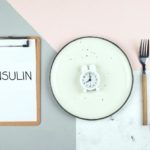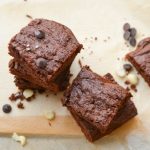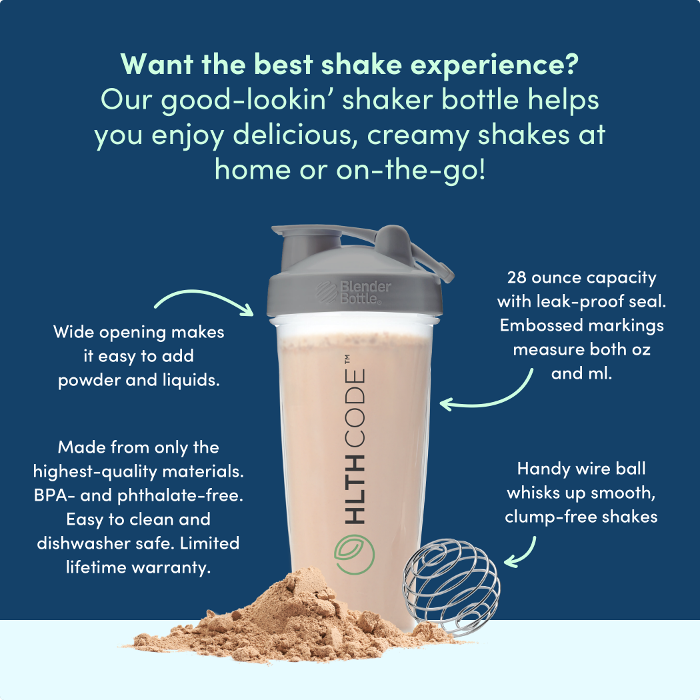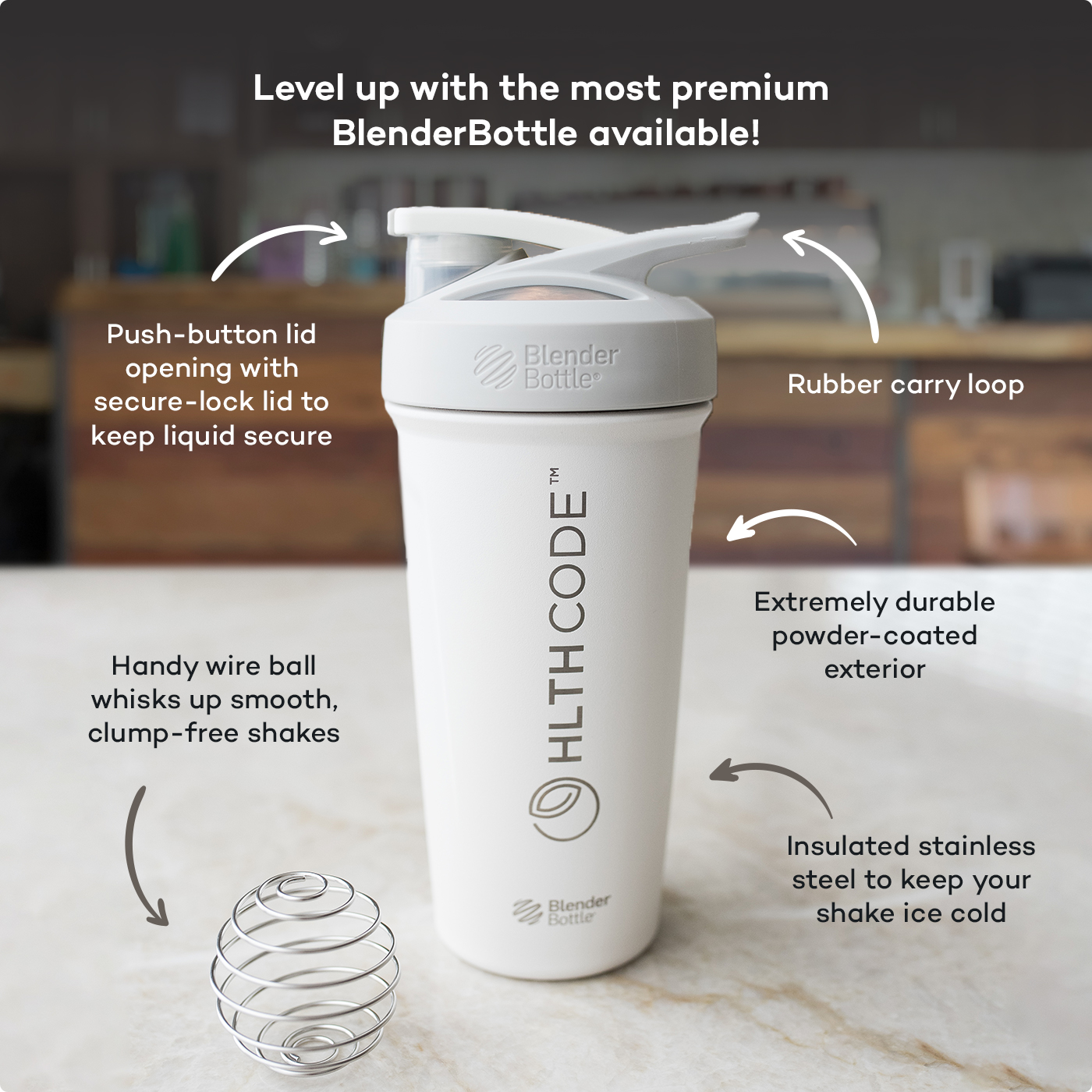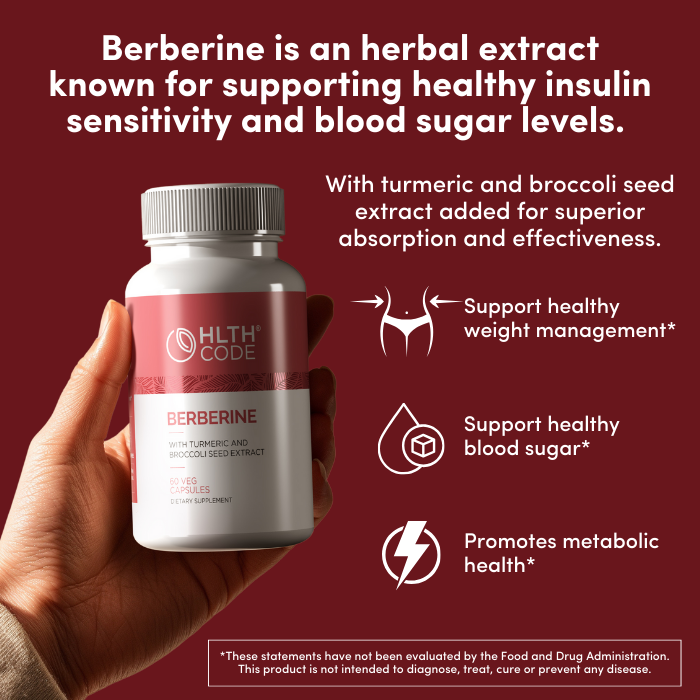The sugar-busting benefits of food sequencing
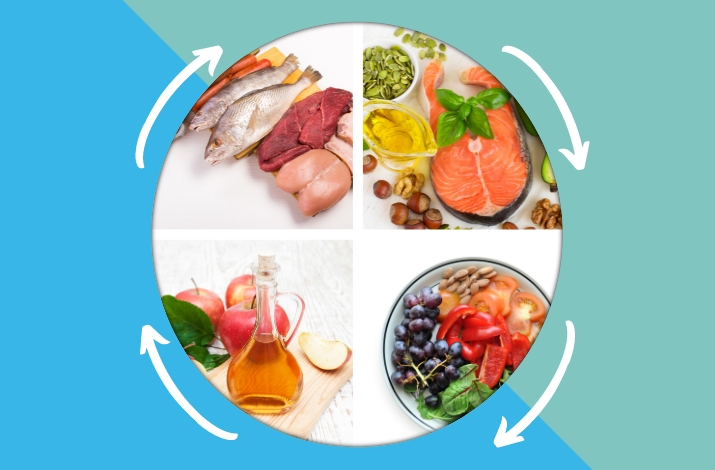
Your mother was right: you should eat your dessert (or other carbs) last. And there’s an abundance of science to help back that up.
The rise in global prevalence of diabetes and other metabolic disorders has prompted extensive research into dietary strategies that can mitigate postprandial (after eating) blood glucose spikes. One promising approach is the strategic consumption of specific foods before ingesting less healthy foods, including those with sugar and refined carbohydrates. This technique, often referred to as “food sequencing” or “meal sequencing,” has the potential to significantly modulate the glycemic response. This article explores the scientific basis for this dietary strategy and provides practical insights into how it can be implemented.
Understanding Blood Glucose and Glycemic Response
When we consume carbohydrates, they are broken down into glucose and released into the bloodstream, leading to a rise in blood glucose levels. The glycemic response is the change in blood glucose levels following the consumption of food. Foods high in simple sugars and refined carbohydrates are rapidly digested and absorbed, causing quick and often sharp increases in blood glucose levels.
This rapid rise in blood glucose can trigger a strong insulin response, which aims to lower blood glucose by promoting its uptake into cells. Frequent high spikes in blood glucose and insulin can lead to insulin resistance, a key factor in the development of type 2 diabetes and other metabolic disorders.
The Role of Food Sequencing
Food sequencing involves consuming foods that are low on the glycemic index (GI) or have other beneficial properties before eating high-GI foods. This practice can slow the digestion and absorption of carbohydrates, leading to a more gradual rise in blood glucose levels.
- Fiber-Rich Foods
Dietary fiber, particularly soluble fiber, slows down the digestion and absorption of carbohydrates. It forms a gel-like substance in the gut, which delays gastric emptying and slows glucose absorption.
A study published in the journal Diabetes Care found that consuming a fiber-rich side dish before a meal containing carbohydrates significantly reduced postprandial blood glucose levels compared to eating the same meal without the fiber-rich appetizer1.
- Protein-Rich Foods
Protein has a minimal effect on blood glucose levels and can enhance the body’s insulin response, helping to manage blood sugar levels more effectively. Additionally, protein stimulates the release of hormones such as glucagon-like peptide-1 (GLP-1), which slows gastric emptying.
Research in the American Journal of Clinical Nutrition showed that consuming protein-rich food before other carbohydrate-rich foods reduced postprandial glucose spikes and improved overall glycemic control2.
Consider starting your meal with a portion of proteins such as eggs, beef or salmon before moving on to carbohydrate-rich dishes.
- Healthy Fats
Fats slow gastric emptying and the absorption of glucose into the bloodstream. Healthy fats, in particular, do not cause an increase in blood glucose levels and can modulate the glycemic response of subsequent carbohydrate consumption.
A study in Diabetes Care demonstrated that consuming healthy fats such as olive oil or avocado before consuming foods high in carbohydrates resulted in a lower postprandial glucose response compared to a carbohydrate-only meal3.
Fruit fats (coconuts, olives, avocados) and animal fats are the best sources of healthy fats and should be used and prioritized before consuming carbohydrates.
- Vinegar
Acetic acid, the main component of vinegar, has been shown to improve insulin sensitivity and reduce postprandial glucose levels by slowing gastric emptying and carbohydrate digestion.
A study in the European Journal of Clinical Nutrition found that consuming vinegar before a carbohydrate-rich meal significantly reduced postprandial blood glucose levels4.
To get the most benefit, incorporate vinegar-based dressings or drink a small amount of diluted apple cider vinegar before meals.
- Non-Starchy Vegetables
Non-starchy vegetables are low in carbohydrates and high in fiber and water content, which can help slow the absorption of glucose when consumed before higher-carbohydrate foods.
According to research in the Journal of Nutrition, starting a meal with non-starchy vegetables like broccoli, spinach, or peppers can lead to a reduced glycemic response to subsequent carbohydrate consumption5.
Mechanisms Behind Reduced Glycemic Response
The primary mechanisms by which these foods reduce the glycemic response when eaten before sugar and refined carbohydrates include:
- Delayed Gastric Emptying: Foods high in fiber, protein, and fat slow down the rate at which the stomach empties its contents into the small intestine, leading to a slower absorption of glucose.
- Improved Insulin Sensitivity: Protein and vinegar improve the body’s response to insulin, facilitating better glucose uptake by cells and reducing blood glucose levels.
- Inhibition of Carbohydrate-Digesting Enzymes: Certain foods can inhibit enzymes responsible for breaking down carbohydrates into glucose, resulting in slower glucose absorption.
Conclusion
Food sequencing is a scientifically supported strategy that can significantly reduce the impact of sugar and refined carbohydrates on blood glucose levels. By starting meals with fiber-rich foods, proteins, healthy fats, vinegar, or non-starchy vegetables, individuals can slow the digestion and absorption of carbohydrates, leading to more stable blood glucose levels and better metabolic health. Implementing these changes requires planning and consistency but offers a valuable approach to managing blood sugar and reducing the risk of metabolic disorders.
References
- “Dietary Fiber and Glycemic Control,” Diabetes Care, vol. 32, no. 4, pp. 568-573, 2009.
- “Effect of protein ingestion on the glucose and insulin response to a standardized oral glucose load,” American Journal of Clinical Nutrition, vol. 34, no. 3, pp. 364-370, 1981.
- “Fat supplementation and postprandial glucose and insulin responses,” Diabetes Care, vol. 26, no. 5, pp. 1481-1482, 2003.
- “Vinegar supplementation lowers glucose and insulin responses and increases satiety after a high-carbohydrate meal in healthy subjects,” European Journal of Clinical Nutrition, vol. 59, no. 9, pp. 983-988, 2005.
- “Effects of consuming vegetables before carbohydrate on glycemic response in healthy men,” Journal of Nutrition, vol. 144, no. 1, pp. 58-63, 2014.
This article is for informational and educational purposes only. It is not, nor is it intended to be substitute for professional medical advice, diagnosis, or treatment and should never be relied upon for specific medical advice.



